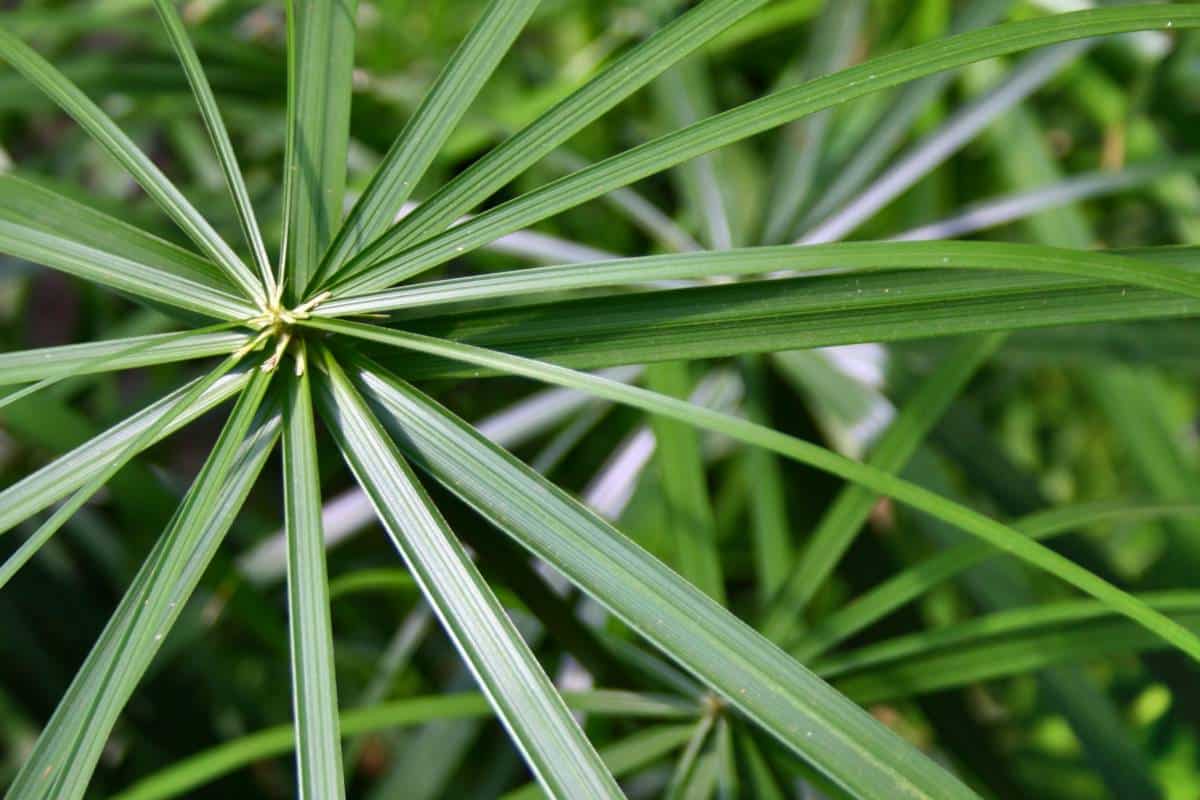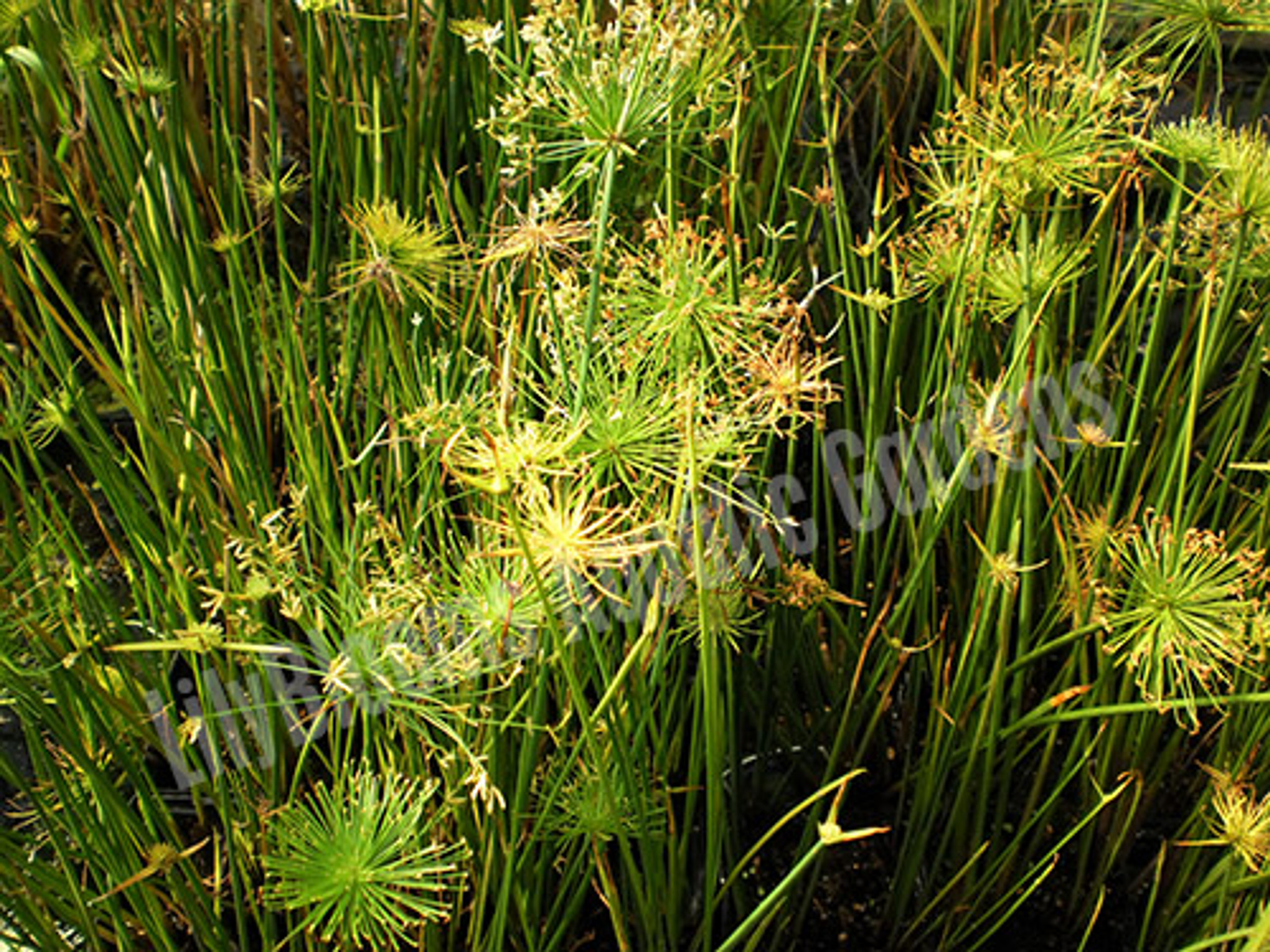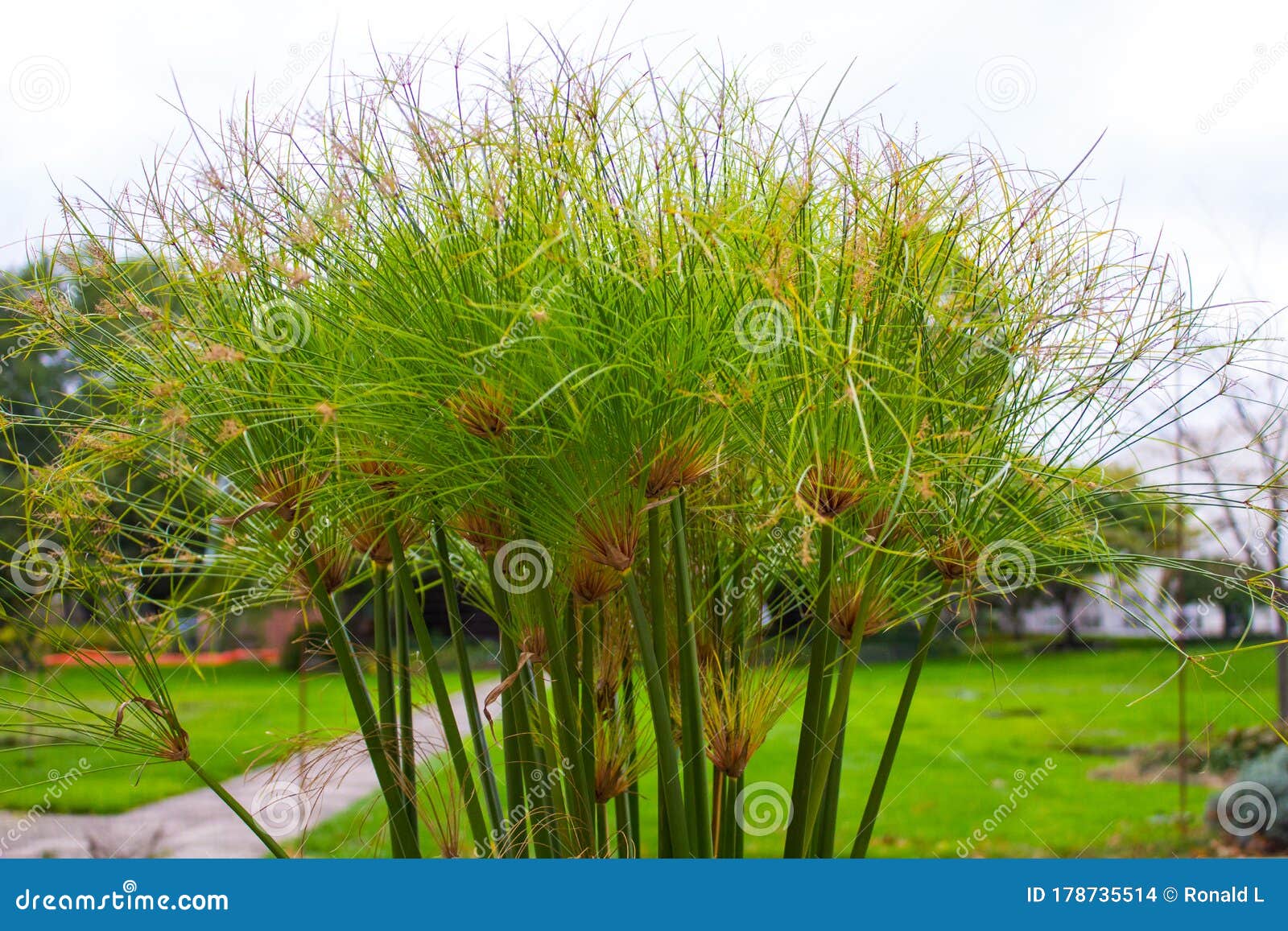

#Dwarf papyrus water plant full#

Insects, Diseases, and Other Plant Problems: It not survive in dry or drought conditions. Ancient Egyptians used this variety to create writing canvases. In its native Madagascar, the dried culms are used for basket-weaving. The fruits of a non-cultivated plant have one seed per achene that is dispersed by water and wind. In addition to its filtering of wet areas, it will also add a pleasing, decorative element to the landscape.Ĭultivated varieties seldom produce fruits.

Spreading by it shoots that emerge in wet soils, it will quickly establish a colony where the root system will help to filter the water and thereby keep the water clean. It will spread by rhizomes but is easy to manage.ĭuring its growing season, culms are produced from the growing tip of each rhizome producing a cluster of grass-like flower spikelets. It must be keep moist or grown in standing water. Preferring full sun or light to partial shade, it can be used in water gardens or as a houseplant. One of its common names, Dwarf Papyrus, refers to its resemblance to that plant in a dwarf habit. While Cyperus translates to sedge, prolifer means 'increasing by production of side-shoots', which is how this plant spreads to form colonies. The Latin name Cyperus prolifer describes this plant to a tea. For evergreen grasses this wounding will really affect their ability to live through the winter.Phonetic Spelling sy-PEER-us PRO-leef-er Description Dividing plants wounds them to some degree. In areas where winter temperatures remain above 35 degrees it can be considered a perennial and the following information should be useful.Įvergreen or neutral grasses are usually plants that look like grasses but aren't actually classified as grasses, they are generally called grass-like plants.ĭivide evergreen or neutral grasses and grass-like plants in spring only.Įvergreen grasses don't ever go dormant. It should not be expected to live through the winter and begin growing again in the spring. Once the grass turns brown it can either be removed immediately or removed in the spring. Where temperatures get colder than 35 degrees F, the plants should be treated as annuals. Prince Tut is an evergreen or neutral grass. It is best to keep the soil moist, but once established Price Tut has can be surprisingly tolerant of dry conditions. Prince Tut will also do well when planted in normal garden beds. If the plant is put into a pot, I would suggest plugging the hole or holes in the bottom of the pot to keep as much water as possible in the pot. The root ball can be submerged but it isn't necessary. The purpose is to keep the bulk of the soil or root mass wet. The crown of the plant should never be covered in water and in fact both of these varieties can thrive in water as shallow as a few inches. The plant can be planted in pots, along the waters edge of a pond, or even in a pond. It is a very fast grower and will quickly grow to impressive size when replanted in the spring. Cyperus Papyrus is not hardy enough to survive winters with freezing temperatures and it is not a candidate to overwinter inside.


 0 kommentar(er)
0 kommentar(er)
